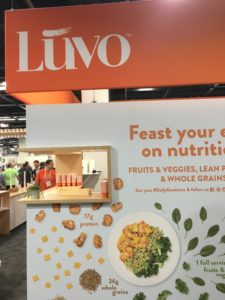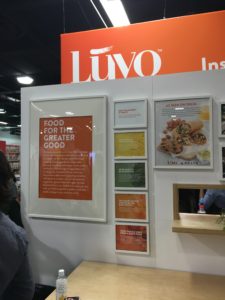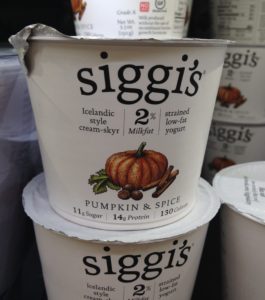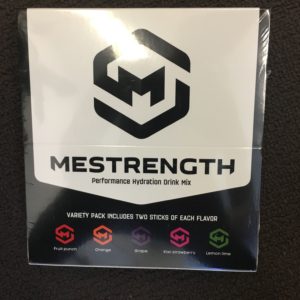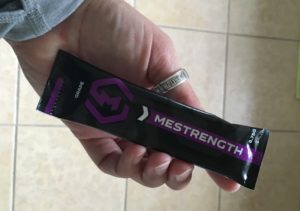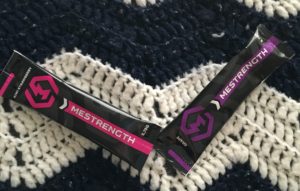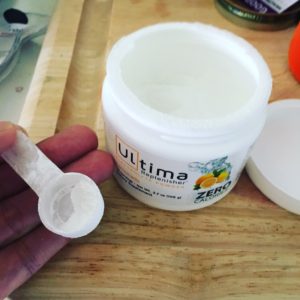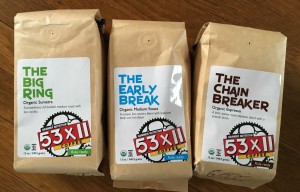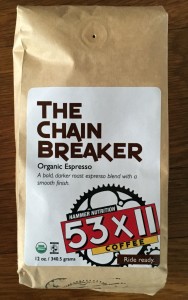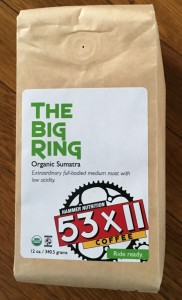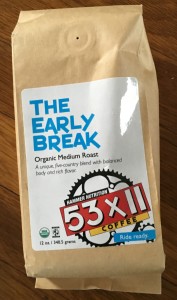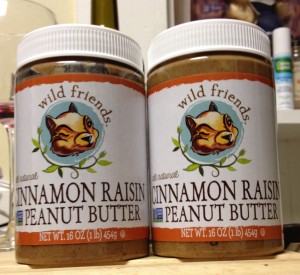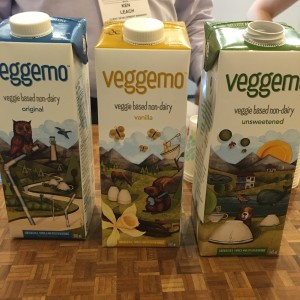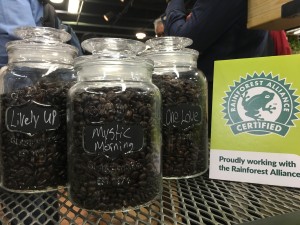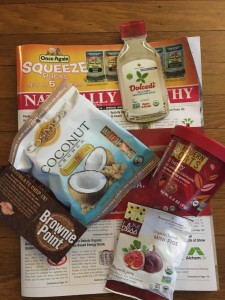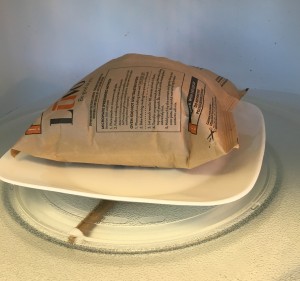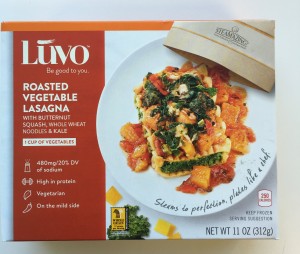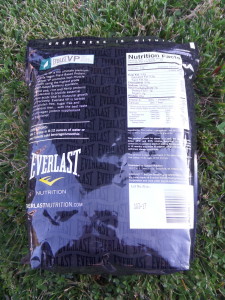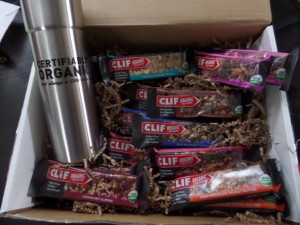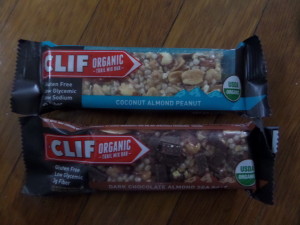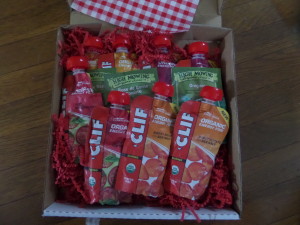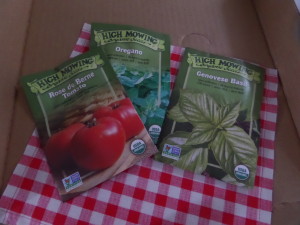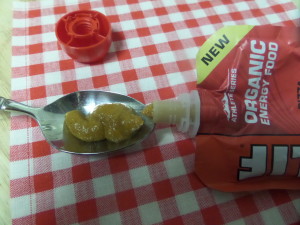Disclosure: I received complimentary bottles of MinoTOR to review because I am a BibRave Pro. Learn more about becoming a BibRave Pro here. Read and write race reviews at BibRave.com! It’s a great way to choose between conflicting races, to help runners find the best races, and the help race directors improve each year. (Per usual, all opinions are my own–you should know by now I don’t need any help with that, I’ve got plenty of ’em!–and I don’t accept unlabeled advertorials.)
In classical Greek mythology, the minotaur was a half-man, half-bull who lived in a maze. In the modern age, MinoTOR is a new performance beverage living in a maze of supplements (many of which are nutritionally worthless or can’t fulfill any of the claims they make–just check out the FDA’s latest smack-down actions or the New York attorney general’s latest suit to see what I mean). The name MinoTOR actually has nothing to do with the Greek bull-headed mythological monster, per the website:
The word “minoTOR” is a portmanteau.
A combination of two (or more) words or morphemes, and their definitions, into one new word. We took “mino” from Amino Acids and TOR from mTOR (more about that later) and put them together to form minoTOR™. Amino Acids are the building blocks of proteins. mTOR is the abbreviation of Mammalian Target of Rapamyacin. mTOR is a protein synthesis pathway that is vital for recovery and muscular growth.
I don’t like junky supplements, so MinoTOR had to win me over before I decided to test it out. Appealing aspects:
- all claims backed by science explained on the website (by the way, I did my own reading for this blog post!)
- no artificial colors, flavors, or unnecessary stuff
- contains amino acids (key for recovery and muscle building)
- low calorie, but not filled with sugar alcohols
As with anything I’m going to consume, I went to the website to read about it first.
The Other Ingredients.
Let’s start with the non-nutrional stuff inside. MinoTOR contains filtered water (of course!), cane sugar (real ingredient), citric acid (that’s like Vitamin C), natural flavors (legally defined term that’s not a big deal), acesulfame-potassium, and sucralose. Out of all of those, the only ingredients that are even mildly controversial are sucralose and ace-K, so I’m going to talk about those. Both are on the FDA’s list of accepted food additives, and are in use in the European Union as well. I haven’t found any credible study pointing to any serious health problem from consuming small amounts in moderation–if you find one, let me know.
Sucralose is a sweetener. When you eat it, your body doesn’t break it down very well, so most of it goes undigested, and thus contributes no calories to a product. It also has no effect on blood sugar levels, and does not contribute to tooth decay. Sucralose has been around since 1976 and is sold under the brand name Splenda. While one unpublished rat study claimed to link sucralose to leukemia, that study has been criticized for poor design; I wasn’t able to find other studies replicating that result that were published, peer-reviewed, or critiqued for design, and no studies showing any similar results in humans. Another recent study concluded that sucralose kills off good gut bacteria, but that study has been solidly questioned because it was funded by the sugar industry (which stands to profit handsomely from making anything other than sugar look as bad as possible); further, that study’s results haven’t been replicated in humans either.
Acesulfame-potassium is another no-calorie sweetener. It’s been around since 1967, and is sold under the brands Sunnett and Sweet One. It has a slightly bitter aftertaste, which means it can balance out the sweet flavor but also means it can’t be the sole sweetener used in a product (unless you want a bitter aftertaste). Both the FDA and the European Union (which tends to have stricter controls and regulation when it comes to food) approved it for general use. Again, the only studies I could find were rat studies, used a larger dose of ace-K than you will ever consume (like 3%+ of the rats’ total diet, which, according to Wikipedia, “would be equivalent to a human consuming 1,343 12 oz cans of artificially sweetened soft drinks every day”) and they are at best inconclusive. The studies were observing whether ace-K promotes tumor development; if you’re a male p53 haploinsufficient rat, the answer is “maybe.” At the same dose over 40 weeks, there was a limited effect on neurometabolic function. There was also some hypothesis that rat fetuses ingest ace-K via amniotic fluid or later from breast milk, and that it may influence their preference for sweet flavors. Something to consider if you decide to start drinking 1,343 12 oz. cans of diet soda each day.
Bottom Line: MinoTOR contains a small amount of sucralose and ace-K in order to keep the taste mouth-friendly without inflating the calories. You’d have to consume a ridiculous amount of diet soda (which is higher in both than MinoTOR) to come close to the dose any rat in any study received. (Also, you are not a rat.) I have zero worries about the sucralose and acesulfame-potassium in MinoTOR, and I’m fine with a small amount of artificial sweeteners as the last two ingredients in my beverage. A serving of MinTOR is half a bottle, and 50 calories. That’s a little over 8 ounces. To compare to the calories in other drinks, it is easiest to compare 12 ounces (the standard serving size for beverages). So let’s call it 75-80 calories. A few others for comparison are orange juice at 157-168 calories, and lowfat unflavored milk at 154 calories. A 20 ounce serving of cool blue Gatorade (a bottle) is 130 calories, which is similar to MinoTOR (8ish ounces = 50 calories, x 2 to get to 20 ounces brings it to 100 calories in 16 ounces).
A little aside…the sweetness factor/taste was the big dividing line between the Pros that like the taste and those that did not.
Angie, another BibRave Pro, didn’t care for the sweet taste. She had a conversation with the MinoTOR crew about it too. You can read her experience on her blog, Marathang. She also took decent pictures (Mine were bad. Hence you don’t see them here.) Katherine agreed with Angie about the sweetness; her review is at Magic of Running. Heather didn’t find the taste offensively sweet, and described it as more like coconut water. You can read her review at Heather Runs 13.1 Similarly, Erica over at Another Half Please found the taste just fine.
The Non-Ingredients.
Worth mentioning, MinTOR does not have artificial colors or flavors. Unlike some very popular drinks marketed as “sports drinks,” it doesn’t come in orange, red, or bright blue. It doesn’t have sugar alcohols, which upset some people’s GI tracts (and interesting fact at least one sugar alcohol, sorbitol, is regularly prescribed as a laxative).
The Main Ingredients.
For purposes of this discussion, I’m going to divide the ingredients into three categories: vitamins and minerals, caffeine, and amino acids.
Vitamins and Minerals. Straight from the label, you’ve probably heard of all of these:
- Niacin (Vitamin B3)
- Vitamin B6
- Folic Acid (Vitamin B9)
- Vitamin B12
- Zinc
- Chromium
With the exception of zinc and chromium, the ingredients in this category come in at 50% of the RDA. (Zinc is a little higher (83%) and chromium is lower (10%).) This is EXCELLENT news, as mega-doses of any vitamin are almost never a good idea and should be closely supervised by a doctor. For example, Niacin is a vitamin you need for overall good health, and there is some evidence that it helps to prevent atherosclerosis; it is used in extremely high doses to treat cholesterol imbalances, but needs close medical supervision because mega-doses can cause liver problems.
As a vegetarian I’m pleased to see B12 included. B12 is primarily consumed by humans in animal meat, but not because meat has B12–B12 is actually made by bacteria! (Animals, like humans, cannot synthesize B12 or make it within the body. They have to eat it.)
Caffeine. Look at any pre-workout supplement on the market, and you’ll see they ALL have stimulants. (“Green tea extract” is partially code for caffeine. Even yerba matte, consumed by Mormons because coffee and tea are forbidden by their religion, is naturally caffeinated.) Most of them have hundreds of milligrams of caffeine. Pharma Freak’s “Super Freak” brand, for example, has 500 mg of caffeine. For comparison, 100mg of caffeine is about what you’d find in an strong cup of coffee, or one and a half cans of Red Bull. The various flavors of Coca Cola have between 34mg and 45 mg per 12 ounce can.
MinoTOR has 40mg of caffeine. Caffeine is the most widely-used stimulant in the world, and is safe for the general population in ordinary doses. (I’m not a doctor, but a can of Coke isn’t going to kill the average person.) A quick Google search of “caffeine for runners” returned 457,000 results; the top of the page includes articles in Runners World, Competitor, The Guardian, and Active.com so if you want to read more about why caffeine before a workout, Google yourself silly. Or pick up the book, Caffeine for Sports Performance, by sports dietitians Louise Burke and Ben Desbrow and exercise physiologist Lawrence Spriet.
Amino Acids. As you’ve likely forgotten from high school biology, amino acids are the building blocks of proteins. When you eat protein (which is a bunch of amino acids stuck together), your body breaks it down into the component amino acids, and then shuttles those amino acids off to where they are needed in the body. For athletes, amino acids are critical for muscle repair (which leads to muscle growth) as muscles are at least one-third amino acids. That’s why branched chain amino acids (BCAAs) are popular supplements. I highly recommend the BCAA article on Precision Nutrition to learn more.
Amino acids come in two basic types. Essential amino acids are those the human body must obtain through food or drink–you have to eat them. Non-essential amino acids are those that the human body can manufacture within itself. The amino acids in MinoTOR are:
- Leucine (this is a BCAA)
- Beta-alanine
- Isoleucine (this is a BCAA)
- Valine (this is a BCAA)
- Taurine
- Sustamine™ (L-Alanine and L-Glutamine)
If you’ve ever gotten into an argument with someone who tried to make their dog or cat a vegan, you probably know that for dogs and cats, taurine is an essential amino acid–that’s generally the reason why they are obligate carnivores. (Please, don’t try to make your dog or cat vegan.) In humans, taurine is a non-essential amino acid. I confirmed with the company founder, prior to trying MinTOR, that the taurine is from vegetarian sources. So it is vegetarian-friendly.
Amino acids also serve other critical roles in the human body that are of particular interest to athletes. They assist in nitrogen transport, and production and transportation of glucose (aka the carbs your body uses for fuel), for example.
The Experience.
Okay, science is super awesome, but what about the drink? Sure, I’m getting to that.
Taste. MinoTOR has a slightly sweet taste that reminds me a little bit of coconut candy. It isn’t super sugary. It feels like water in your mouth, or maybe water with a little bit of sugar.
Performance. The bottle makes six claims, “Formulated with ingredients designed to:
- Increase energy
- Buffer lactic acid
- Accelerate recovery
- Improve oxygen utilization
- Promote muscular growth
- Boost metabolism”
These are all things that I can only evaluate subjectively. There’s zero science or study design here, because I can’t do a double-blind test with water (MinoTOR has a flavor, and I’d have a hard time fooling myself). I don’t have massive lab equipment to test how my muscles handle lactic acid, or whether my body is more efficiently using oxygen. Finally, since I’m reviewing this product and I know what it is supposed to do, I can’t avoid observational bias.
My Testing… All that aside, I tried MiniTOR before starting two of the 21 Day Fix Extreme workouts with Autumn Calabrese. These are targeted workouts with weights, about 30 minutes each, broken into sets of 2 or 3 exercises; upper body uses drop-sets, while lower body goes from weighted movements to plyometric ones. I didn’t even pretend to try to do everything the same way, too many variables to control.
Test #1: 21 Day Fix Extreme: Upper Body Fix. For this session, I worked out first thing in the morning on a weekend. After I got up and threw on workout clothes, I drank half a bottle of MinoTOR and then waiting about 30 minutes before I did the workout. While I couldn’t bang out all of the push-ups, even with the modification (which isn’t “girl style on your knees” but “don’t drop as much and stay in full-body plank”) that was because my hands are apparently just not built for push-ups. I managed to do almost everything else in the workout minus the triceps kick-backs (dumb exercise, difficult to hit the target muscles and very easy to have bad form in my messed up shoulder) which I swapped for skull-crushers. At the end of the workout, I felt great. I had a post-workout protein and carb snack before my shower, and went about the rest of my day. The NEXT morning, ow!!! HOLY DOMS BATMAN!!! (DOMS = delayed-onset muscle soreness.) Yes, I killed that workout, but that workout tried to kill me right back. After teaching the morning yoga class, I felt much better. Conclusion: if MinoTOR makes the workout seem easy-ish when clearly I’m kicking butt–wimpy workouts do not cause sore muscles–then I’m for it. I’ll definitely drink it the next time I try this workout.
Test #2: 21 Day Fix Extreme: Lower Body Fix. For this session, I worked out in the evening, after work. (Actually it was after work, driving home, and doing some computer work.) It had been some time since I had lunch, so between driving home and working out, I had a small serving of cheese tortellini and drank the other half of the bottle of MinoTOR. The lower body workout seemed much more difficult than the upper body workout, I suspect because the lower body muscles are bigger, and I know I have weak glutes and hamstrings. This workout was definitely much more challenging, and I had to drop out to catch my breath several times (no, this was not an aerobic workout, thanks). But I finished it, and kept good form for every rep I banged out. Next time, I should try to eat the pre-workout snack earlier, as my stomach definitely let me know it had stuff in it. Conclusion: I’m pretty sure I’m going to be sore tomorrow. Even though I detest getting up early, I think my morning MinoTOR plus workout was better than the evening one…though I suspect this was due to poor timing of the snack.
Overall, I’m glad I had the opportunity to try MinoTOR. I’ll definitely use it for future weighted workouts.
Want to try MinoTOR? Head over to the MinoTOR website and enter code BIBRAVE1. You’ll get 10% off and FREE shipping. You can also follow MinoTOR on social media to ask questions, and learn more.
Twitter: @drinkminotor
Instagram: @drinkminotor
Facebook: https://www.facebook.com/drinkminotor


